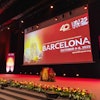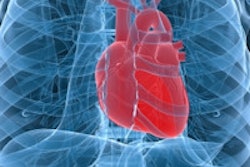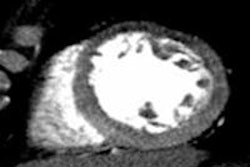
BRUSSELS - Imaging has brought unprecedented insight into cardiovascular disease, but health authorities need smarter and more cost-effective screening strategies to identify high-risk patients, according to a research project presented on Thursday at a special European Parliament hearing in Brussels.
Discussing the results of a three-year EU-sponsored study to find effective imaging strategies, study coordinator Dr. Danilo Neglia, PhD, from the CNR Institute of Clinical Physiology and Fondazione Toscana G. Monasterio in Pisa said innovations in a variety of imaging technologies have led to costly and unnecessary procedures. He reckons money and lives could be saved if doctors are able to identify the most appropriate imaging procedures for each individual patient.
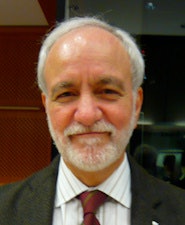 The issue is about what combinations of imaging are the most cost-effective, according to Dr. Danilo Neglia, PhD.
The issue is about what combinations of imaging are the most cost-effective, according to Dr. Danilo Neglia, PhD.
"The issue is about specific patient and needs, and what combinations of imaging are the most cost-effective," he said.
The project sought to rank, for the first time, different imaging modalities, revealing that CT coronary angiography (CCTA) was the most effective technology, leading the others on accuracy and sensitivity, although it fell slightly behind cardiovascular magnetic resonance (CMR) in specificity.
CCTA "is more accurate than other imaging modalities to detect significant cardiovascular heart disease," Neglia said. The other imaging technologies studied were echocardiography, SPECT myocardial perfusion imaging, and PET/CT.
But a key issue, Neglia said, was which imaging exams -- or combination thereof -- are suitable for which patients. "Functional or combined anatomical-functional strategies are more cost-effective in identifying patients with high risk who deserve revascularization," he said, calling for doctors to learn more about the appropriateness of the different diagnostic pathways.
Neglia emphasized it is not always financially or technically feasible to use all the different imaging technologies available. "We need to restrain unnecessary or inefficacious growth of imaging technology utilization," he added. "Comparative effectiveness research is critical to identify imaging strategies that provide the greatest incremental value on patients' outcome while not impeding the development of new technologies."
While talk of cost-effectiveness might seem callous when it comes to life-and-death issues like treating heart disease, health authorities need to know how best to allocate resources and ensure that the treatment being offered is the best available, Neglia said.
Diagnostic performance results
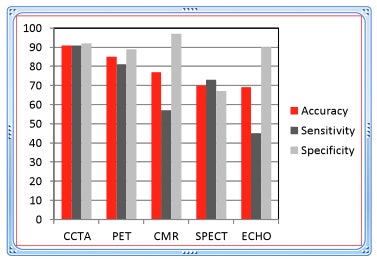 Source: Dr. Danilo Neglia et al, American Heart Association Scientific Sessions 2013.
Source: Dr. Danilo Neglia et al, American Heart Association Scientific Sessions 2013."Of course, the more you spend, the better results you get," he added. "But how much do we spend using a more costly imaging strategy to gain one more quality-adjusted life year?"
Heart disease is the number one killer in the EU, estimated to cause 1.9 million deaths every year, at a cost of about 169 billion euros annually. Neglia spoke at a round table event during the European Parliament's first ever Cardiovascular Health Week, devoted to awareness-raising activities like cardiovascular screenings, CPR training, healthy eating events, and even fitness classes.
He discussed the results of the EU-sponsored EVINCI (EValuation of INtegrated Cardiac Imaging) project, a 2.7 million euro study into the most effective imaging strategies.
The strategies compared each approach for diagnostic accuracy and the actual cost for each procedure, as well as social costs such as missed work and potential risks.
The EVINCI researchers recruited a total of 695 patients with chronic chest pain for integrated noninvasive diagnostic testing, largely based on cardiac imaging. The preliminary findings showed the probability of significant cardiovascular disease, based on clinical and stress electrocardiogram evaluation, is "largely overestimated" at around 25%, not the current 60% estimate. By ruling out low-risk patients, Neglia said screening tools help eliminate unnecessary treatments and their associated costs. He called for better selection of high-risk patients by noninvasive means to avoid costly, risky, and inappropriate invasive procedures.
Neglia called for further research and trials in cardiovascular imaging -- and urged regulatory health authorities to pay more attention to their results. Indeed, a key part of EVINCI project is dedicated to developing an advanced data platform to build a cardiological diagnostic profile of individual patients based on the results of a multi-imaging assessment. This would be not just for the doctors, but also for the patients themselves. Neglia said authorities needed to dial down their enthrallment to technology, focusing more on identifying specific patient needs. "A new -- or old -- medical culture centered around the patient and not around technology should be encouraged," he said.
Study disclosure
Note: The study received an additional unrestricted grant and technology from GE Healthcare.


